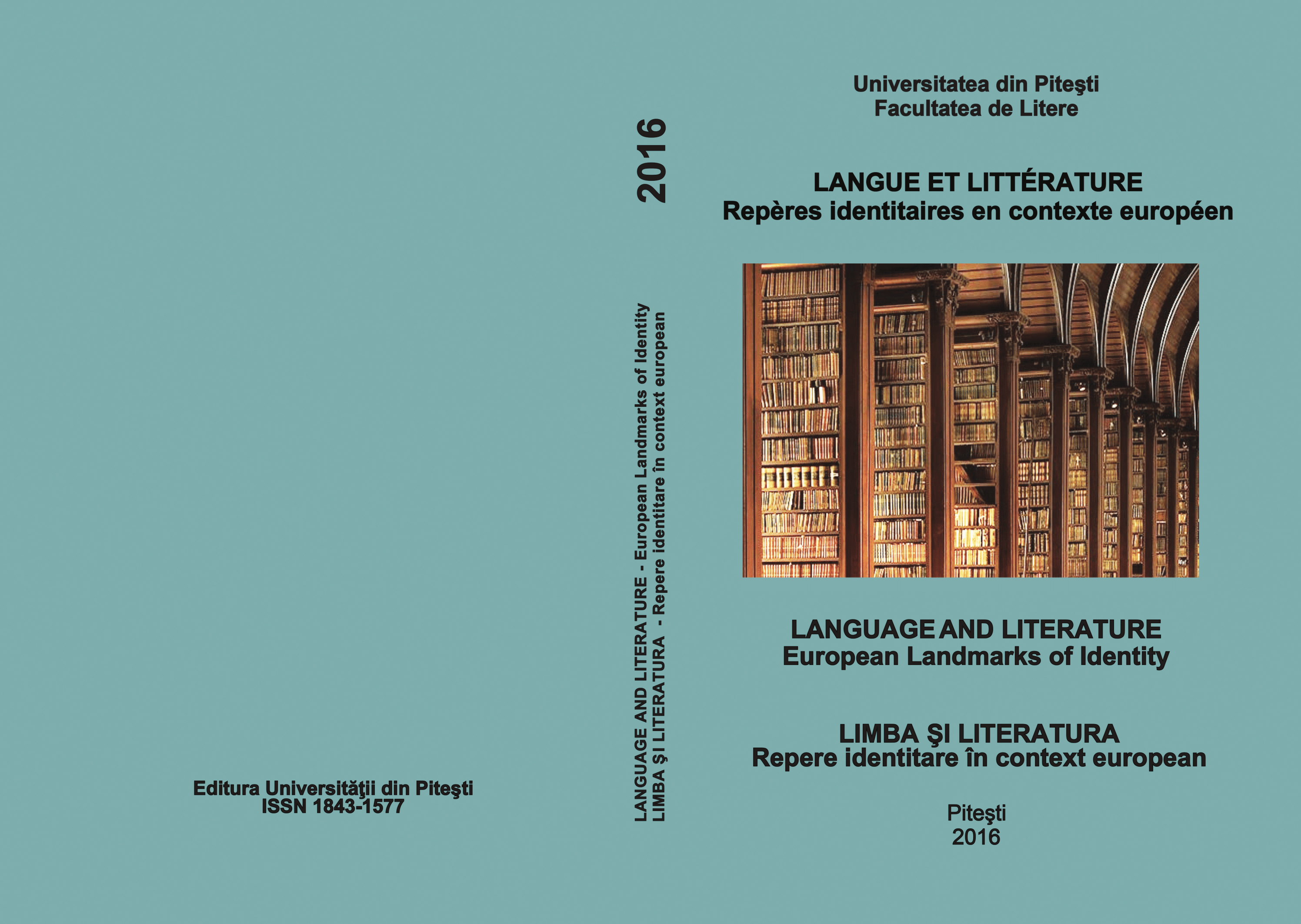WEB 2.0 IN TEACHING FOREIGN LANGUAGES.
THEORETICAL AND PRACTICAL LANDMARKS
WEB 2.0 IN TEACHING FOREIGN LANGUAGES.
THEORETICAL AND PRACTICAL LANDMARKS
Author(s): Nicoleta SamarescuSubject(s): Language and Literature Studies
Published by: Editura Universităţii din Piteşti
Keywords: Web 2.0; teaching foreign languages; electronic tools
Summary/Abstract: Formal or non-formal Web 2.0 is or should be part of all programmes, starting from the school programmes to the higher education ones, whose aim is that kind of teaching seen as “that happiness of rising creative and intellective expressions” (Enstein). Web 2.0 may be considered an element oriented to the students, who are no longer the passive receivers, but creators of their own materials and knowledge. Apart from other subject matters, as the specialists consider, when teaching a foreign language, we need the new technologies in order to rise the motivation, stimulate the student-centered learning and provide a different and wide range of materials.Thus, this article presents, in the first part - called Theoretical Landmarks-, the learning theories which form the base of the teaching process which involves the use of new technologies. The second part- Practical Landmarks- tries to provide the teachers of all ages with the wide range of applications which are generically called Web 2.0, which is also necessary for the training of the 21st century generation. The designed Web 2.0 brief handbook sustains and encourages foreign langauges learning which goes beyond the memorized grammar rules. The students must be involved in developing their vocabulary and understanding the respective language culture.
Journal: LIMBA ȘI LITERATURA – REPERE IDENTITARE ÎN CONTEXT EUROPEAN
- Issue Year: 2016
- Issue No: 19
- Page Range: 313-317
- Page Count: 4
- Language: English

